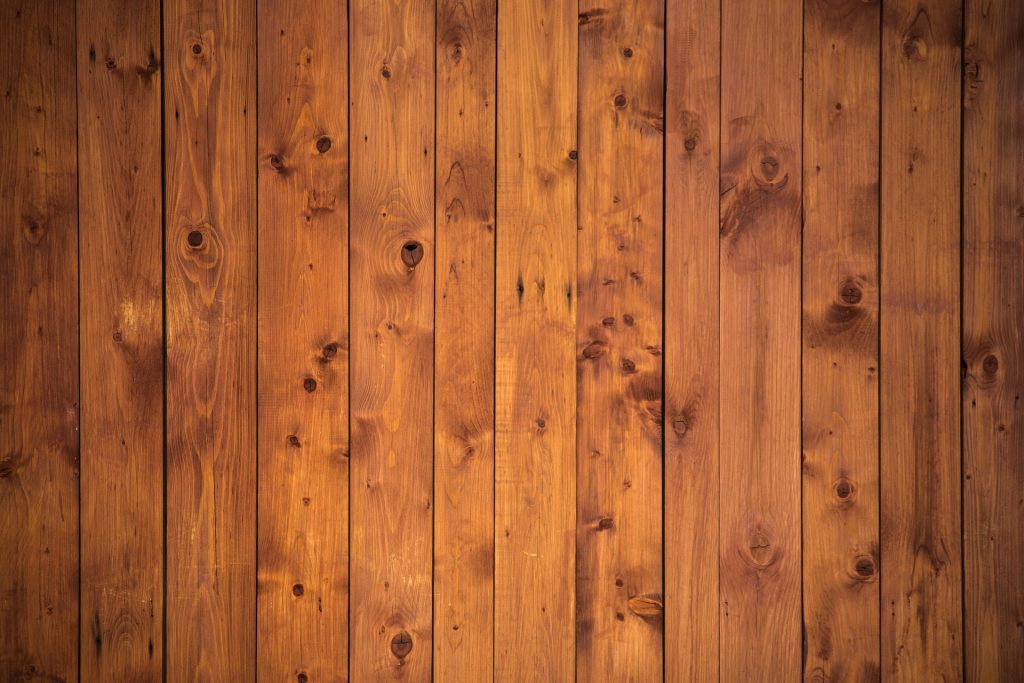Refinishing wood floors can transform a room, bringing warmth and elegance back to tired surfaces. While it may seem intimidating, with careful preparation and patience, it’s a manageable DIY project.
Start by clearing the room completely. Remove furniture, rugs, and any nails or staples from the floor. Next, thoroughly clean the surface to remove dirt and debris, ensuring the sander won’t get clogged. Sanding is the heart of refinishing: it removes the old finish and smooths imperfections. Begin with coarse-grit sandpaper, progressing to finer grits for a polished surface. Always sand along the wood grain to avoid scratches. Edges and corners may require hand sanding or an edge sander.
After sanding, vacuum and wipe the floors with a tack cloth to eliminate dust. Apply a wood stain if you want to change or enhance the color. Use a clean cloth or brush, working in small sections, and wipe off excess stain for an even finish. Allow it to dry completely according to the product’s instructions.
Finally, protect your floors with a durable polyurethane finish. Apply thin, even coats with a brush or roller, and let each coat dry fully before lightly sanding with fine-grit sandpaper. Two to three coats usually provide the best durability.
Refinished wood floors not only improve the look of your home but also increase its value. With attention to detail and patience, even a beginner can achieve a smooth, professional-looking finish that will last for years. Proper preparation, careful sanding, and quality finishing are key steps to success.


Recent Comments